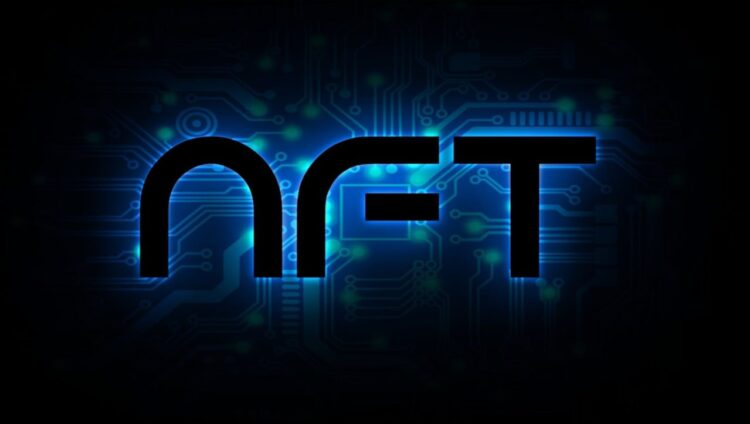The recent buzz in the crypto space has been the emergence of Non-Fungible Tokens (NFTs) on the Bitcoin network. With the increasing popularity of NFTs, many are claiming that Bitcoin is finally getting a piece of the action, with a number of trailblazers on Crypto Twitter talking about burning their ETH blue chips to get a Bitcoin equivalent. However, according to the founder of a blockchain company, Jason Hitchcock, these NFTs burned and bridged to Bitcoin are not the “real thing.”
You just destroyed an a real ape and declared the BTC version a real ape, which it’s not. It’s a new thing
Unclear if anyone will agree the BTC version has any connection to the eth version
— Jason Hitchcock (@JasonHitchcock) February 12, 2023
In a tweet responding to a claim that NFTs are attracting more people to Bitcoin, Hitchcock argued that NFTs burned on Ethereum and bridged to the Bitcoin network are a completely different thing. He believes that NFTs on the Bitcoin network lack the transparency and decentralization that are the hallmarks of true NFTs.
The NFT hype has been fueled by the explosive growth of the Ethereum network and its support for decentralized applications. NFTs on Ethereum allow for the creation of unique digital assets that can be bought, sold, and traded on the blockchain. These assets can range from art and collectibles to virtual real estate and virtual currency.
However, with the recent hype created by the Ordinals NFT on the Bitcoin network, most users on Crypto Twitter have been considering moving their Eth NFTs over to the Bitcoin network, citing its secure operating mechanisms and noting the scarcity of NFTs currently on Bitcoin.
The Bitcoin network has long been considered the backbone of the cryptocurrency world and is seen as more secure and reliable than other blockchain networks. It is also more scalable, with the ability to process more transactions per second than Ethereum.
However, NFTs on the Bitcoin network are a different thing altogether. Unlike NFTs on Ethereum, they lack the transparency and decentralization that make NFTs so appealing. The Bitcoin network does not have the same level of support for decentralized applications, meaning that NFTs on Bitcoin are more centralized, less transparent, and have fewer use cases, as the Bitcoin network is yet to be optimized for NFTs.
This lack of transparency and decentralization is a problem for NFTs on Bitcoin because it undermines the trust, security, and accessibility that make NFTs so valuable in the first place. Without these attributes, NFTs on Bitcoin are not truly NFTs and cannot provide the same level of value to users.
Another problem with NFTs on Bitcoin is the limited number of use cases. While NFTs on Ethereum can be used for a wide range of purposes, NFTs on Bitcoin are limited to a few specific use cases. This is because the Bitcoin network is not as flexible as Ethereum, making it challenging to develop new applications.










